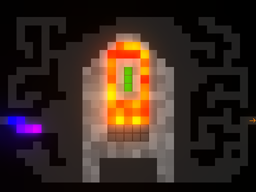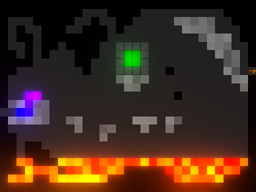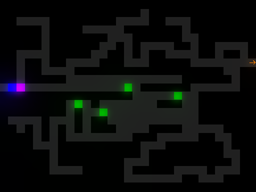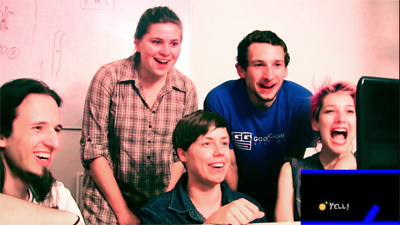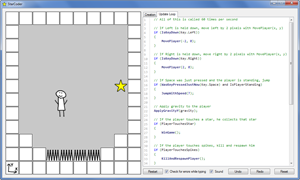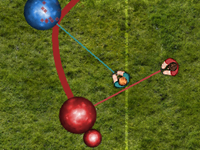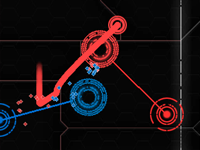It’s been a while since the last update. I spent the months working on interesting prototypes and experimental installations, but now I finally have time again to come back to Catcher!
Since the last time, I picked up generative art to make interesting backgrounds. After a lot of experiments, I finally settled for a background that looks similar to the old one, but more interesting and with more dashes of color – and because it’s procedural, it will always look different.
I also visited the AMAZE Indie Festival in Berlin and got lots of great feedback that I used to improve this build.
Here is the changelist:
- New procedural background
- Made level transitions more fluid
- Tweaked movement and net opening/closing
- Replaced A-F rating with stars
- Added a score malus for death
- Added a particle mouse cursor ingame
- Capped player ships at screen border
- Improved “Sector Clear” screen
- Improved rocket visibility
- Improved level progression
- Improved tutorial
- Improved feedback
- Fixed several bugs, including net collision problems with fast-moving enemies
You can download the current versions here – and if you do, please give leave me some feedback!
A few examples of the new background:
Another thing that changed is that enemies now have appearing animations! Instead of just suddenly being there, they are generated out of particles using Particle Playground:




Next up:
- Prototyping and testing of two new game modes
- Experiments with limited net count
- Improved sound effects
- Rework the whole ingame and menu UI



